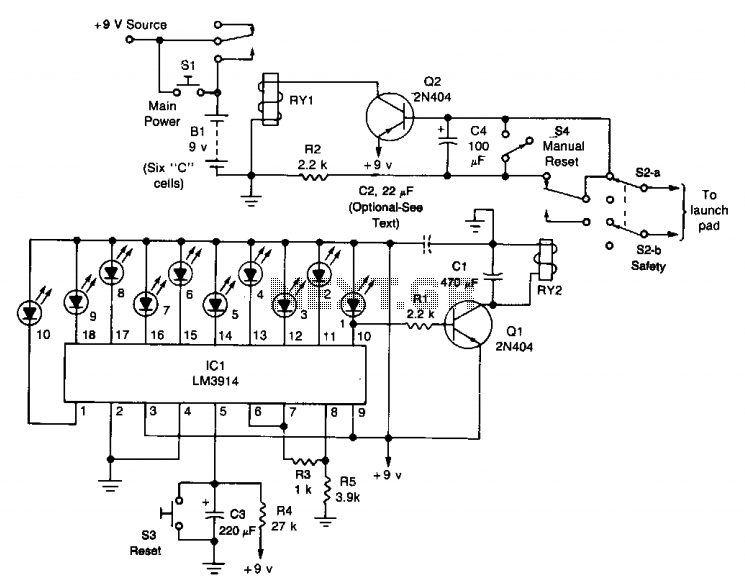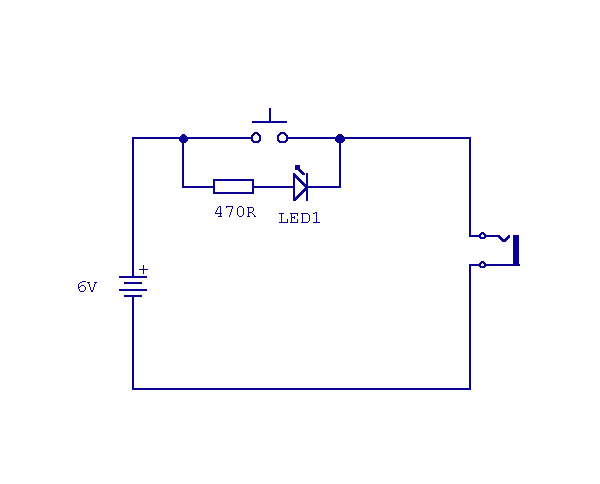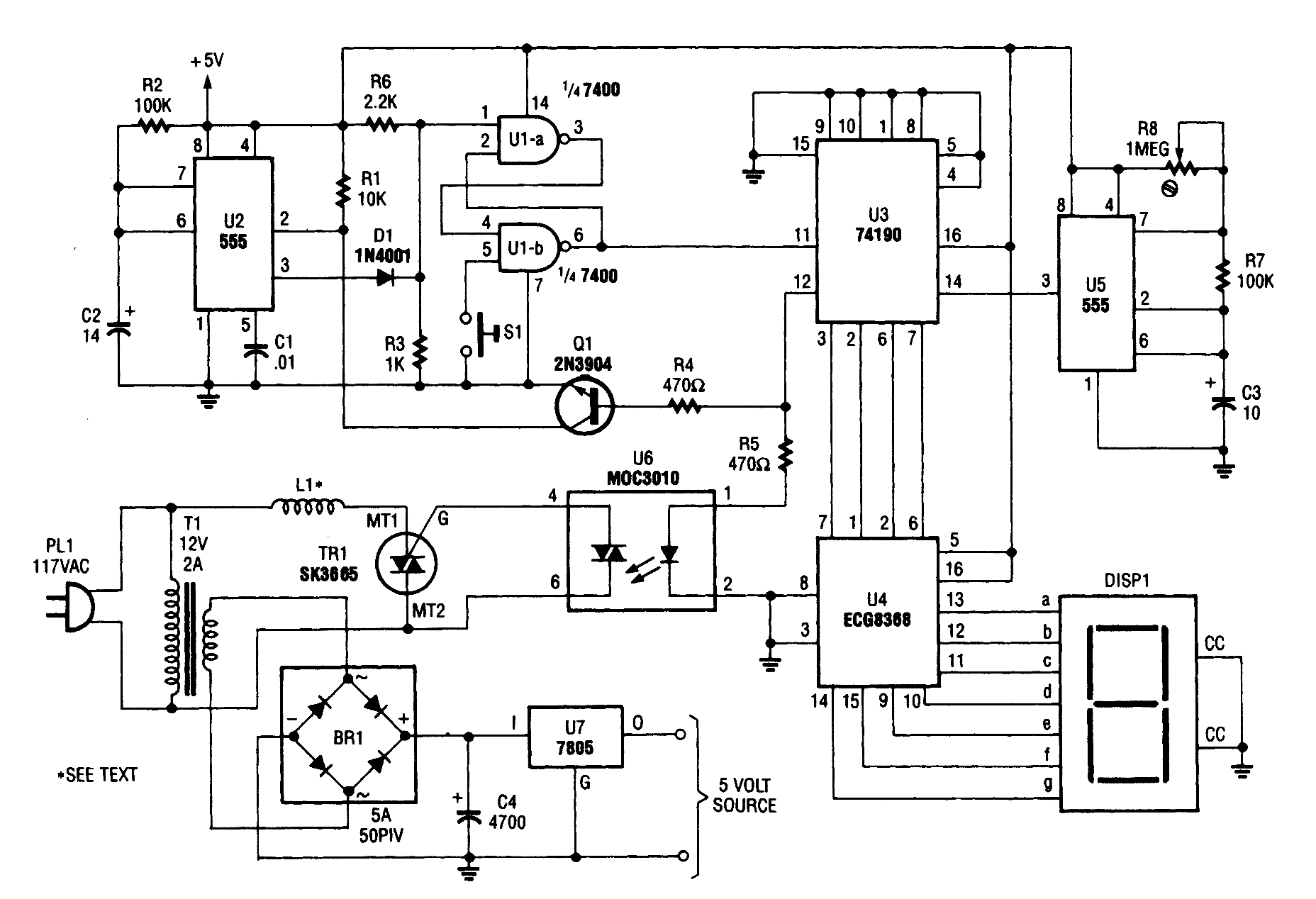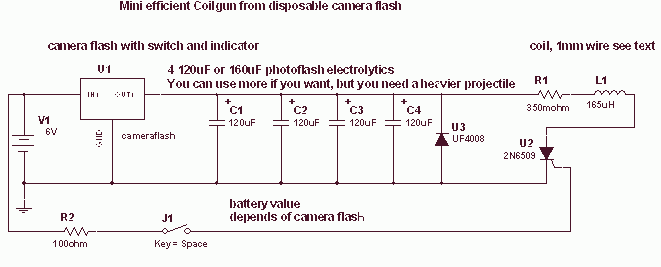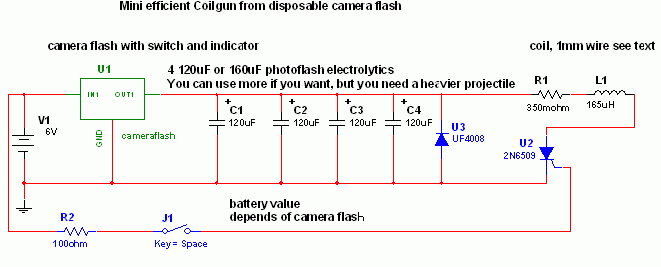
firework launcher
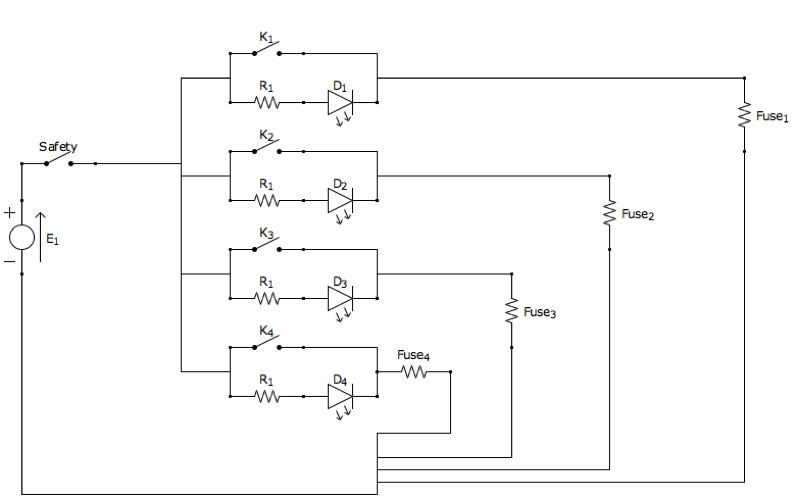
An article detailing the construction of a firework ignition system using components acquired from Walmart and Radio Shack.
The firework ignition system is designed to safely and effectively initiate fireworks using common electronic components. The system typically consists of a power source, a triggering mechanism, and an ignition circuit.
The power source can be a battery or a DC power supply, providing the necessary voltage and current to activate the ignition system. A common choice for such applications is a 9V battery, which offers a suitable voltage level for most ignition circuits.
The triggering mechanism may involve a simple switch or a more sophisticated control system, such as a remote control or a timer circuit, allowing for precise ignition timing. For remote operation, a wireless RF module can be employed, enabling the user to ignite the fireworks from a safe distance.
The ignition circuit usually includes a resistor, a capacitor, and an igniter. The igniter is often a commercially available electric match or a fuse, which ignites when sufficient current passes through it. The resistor limits the current to protect sensitive components, while the capacitor can be used to store energy and provide a quick discharge to ensure reliable ignition.
Safety precautions are paramount when constructing and using a firework ignition system. All components should be rated for the voltage and current they will handle, and the system should be tested in a controlled environment before actual use. Proper insulation and secure connections are essential to prevent accidental ignition and ensure the safety of the operator and the surrounding area.
Overall, the design and implementation of a firework ignition system require careful consideration of the components used, their arrangement, and adherence to safety standards to achieve effective and safe operation.An article describing how I made a firework ignition system out of a few things I picked up at Walmart and Radio Shack.. 🔗 External reference
The firework ignition system is designed to safely and effectively initiate fireworks using common electronic components. The system typically consists of a power source, a triggering mechanism, and an ignition circuit.
The power source can be a battery or a DC power supply, providing the necessary voltage and current to activate the ignition system. A common choice for such applications is a 9V battery, which offers a suitable voltage level for most ignition circuits.
The triggering mechanism may involve a simple switch or a more sophisticated control system, such as a remote control or a timer circuit, allowing for precise ignition timing. For remote operation, a wireless RF module can be employed, enabling the user to ignite the fireworks from a safe distance.
The ignition circuit usually includes a resistor, a capacitor, and an igniter. The igniter is often a commercially available electric match or a fuse, which ignites when sufficient current passes through it. The resistor limits the current to protect sensitive components, while the capacitor can be used to store energy and provide a quick discharge to ensure reliable ignition.
Safety precautions are paramount when constructing and using a firework ignition system. All components should be rated for the voltage and current they will handle, and the system should be tested in a controlled environment before actual use. Proper insulation and secure connections are essential to prevent accidental ignition and ensure the safety of the operator and the surrounding area.
Overall, the design and implementation of a firework ignition system require careful consideration of the components used, their arrangement, and adherence to safety standards to achieve effective and safe operation.An article describing how I made a firework ignition system out of a few things I picked up at Walmart and Radio Shack.. 🔗 External reference
